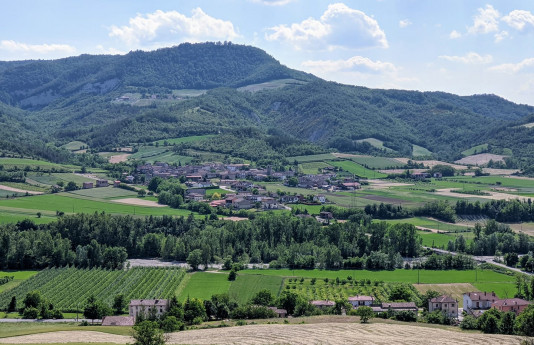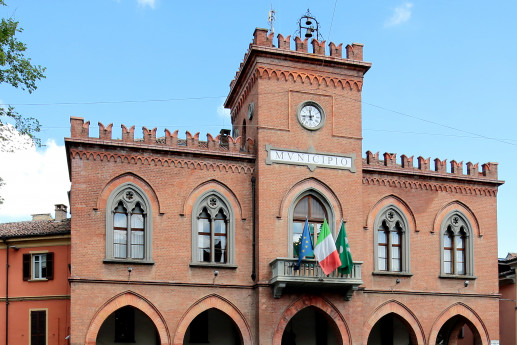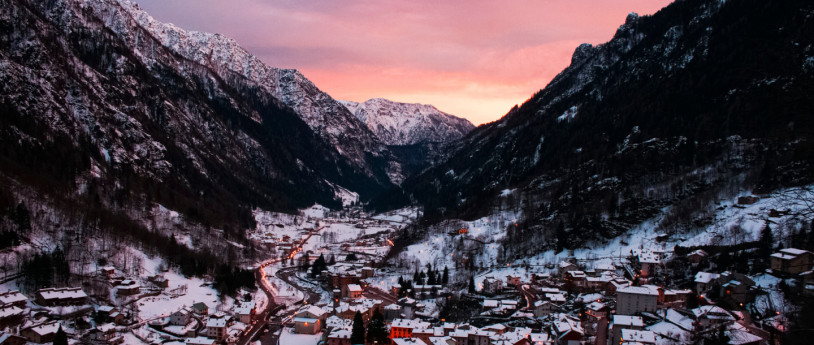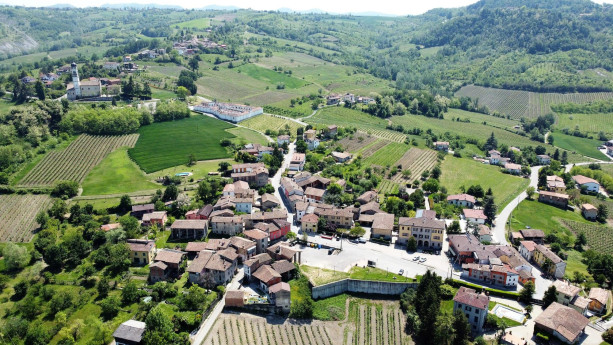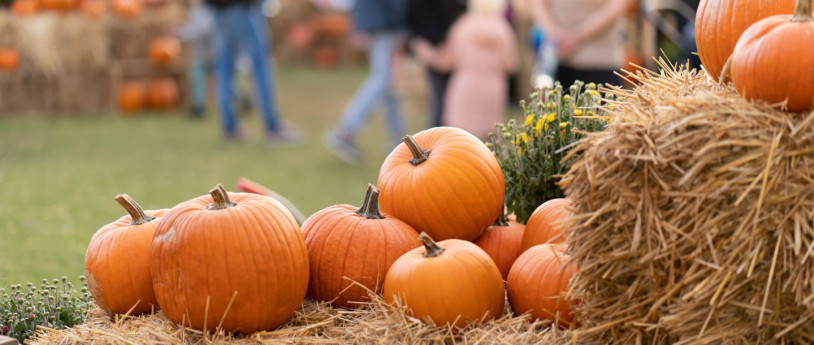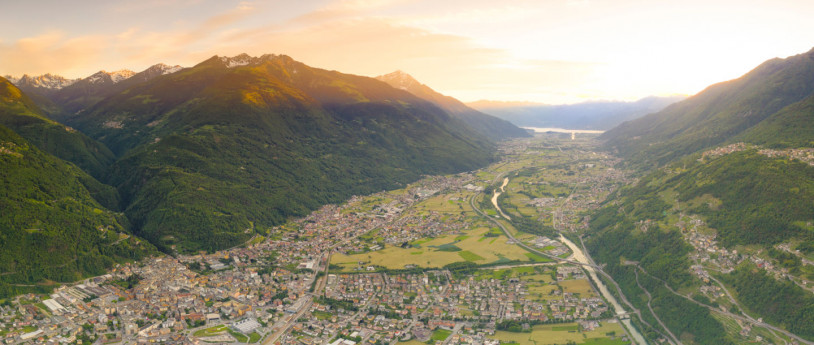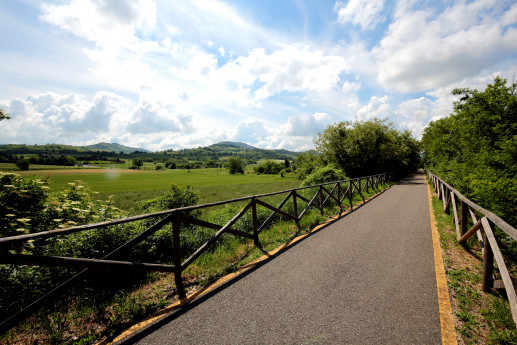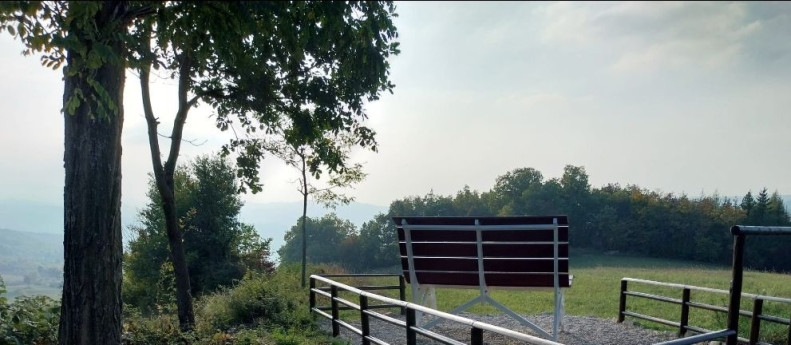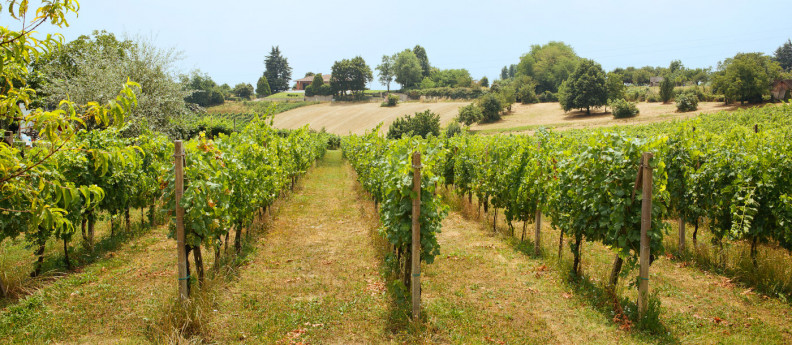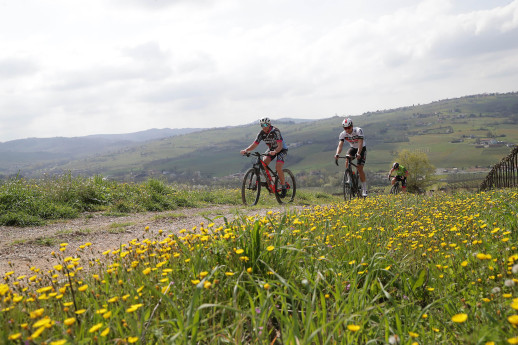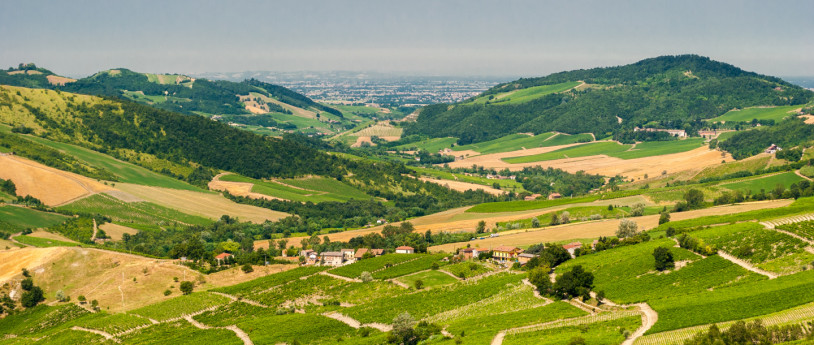Sentiero delle Fontane hiking trail
The Sentiero delle Fontane hiking trail is in the upper Val di Nizza. It is a 7 km route through the hills of the Oltrepò Pavese to show you the richness of the area, which is crossed by natural springs. This valley, which is one of Lombardy’s most important wine-growing areas, is set in countryside that extends from the hills of the Ligurian Apennines to the Prealps. Spring turns the orange hues of autumn into lush expanses of green, splashed with flowers, and these panoramic views are dotted with picturesque villages to explore. One of these is Poggio Ferrato, a mediaeval village 600 metres above sea level, and well known for its Autumn Festival, dedicated to local flavours and which attracts large numbers of visitors in October. This peaceful hill village is surrounded by vineyards, as well as being the starting point for the Sentiero delle Fontane trail. This begins at the Votive Chapel in Via delle Vigne, and continues, following the signs, past six active springs, through oak and beech woods, and past the old stone houses of Carasco, an early castle belonging to noble Lombard family, the Malaspina. Val di Nizza has plenty of hiking routes to enjoy on a sunny day, also setting out from the municipalities near Poggio Ferrato, such as Fortunago, but it is also dotted by characteristic mediaeval villages to visit in case of bad weather. They include Zavattarello, with Castello Dal Verme, an old stronghold that stands at the top of the village, and Varzi, with its little cobbled streets and panoramic views, which add to the nature experience with a dive into the history of Pavia.
